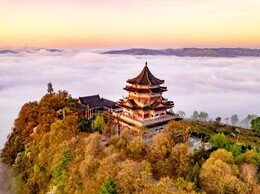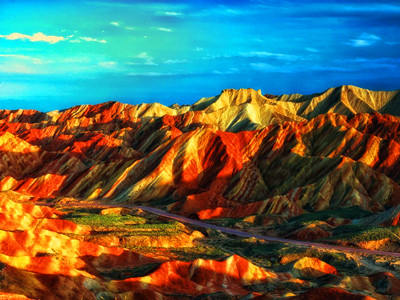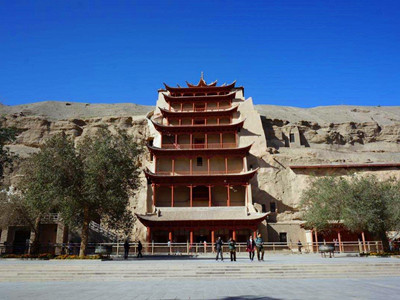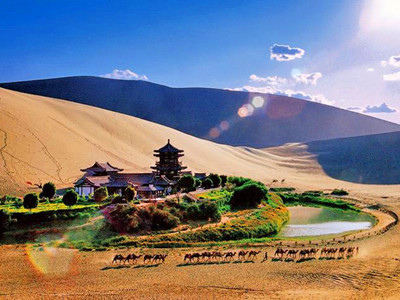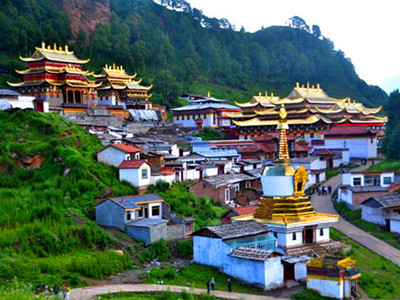Kongtong Mountain is located in Pingliang City, Gansu Province as the important fortress of ancient Silk Road and original place of Kongtong Kungfu. ......
Lanzhou Tours
As the capital city of Gansu province, Lanzhou used to be a key point connecting the central China and the western region as well as a vital city on the Silk Road.Today, Lanzhou is a hub of the Silk Road, with Maiji Caves to the east, Bingling Thousand Buddha Caves to the west, Labrang Monastery to the south and Dunhuang Mogao Caves to the north. With mountains in the south and north of the city and the Yellow River flowing from the east to the west, Lanzhou is a beautiful modern city with both the grand beauty of northern cities and the prettiness of southern cities.The Landscape along the Yellow River should not be missed, as Lanzhou is the only provincial city through which the Mother River runs. Whether you choose to roam along the River, to cross the First Bridge over the Yellow River, or to have a cup of eight auspicious teas at the Water mill Park, you will be impressed by Lanzhou with its harmonious combination of the modern and the old.The Bingling Temple is a series of grottoes filled with Buddhist sculpture carved into natural caves and caverns in a canyon along the Yellow River. It lies just north of where the Yellow River empties into the Liujiaxia Reservoir. The sculptures, carvings, and frescoes that remain are outstanding examples of Buddhist artwork and draw visitors from around the world.Labrang Monastery is one of the six great monasteries of the Geluk (Yellow Hat) school of Tibetan Buddhism. Labrang is located in Xiahe County in Gansu province, and also considered to be in the traditional Tibetan area of Amdo. Labrang Monastery is home to the largest number of monks outside of Tibet Autonomous Region.
Lanzhou Tours
-
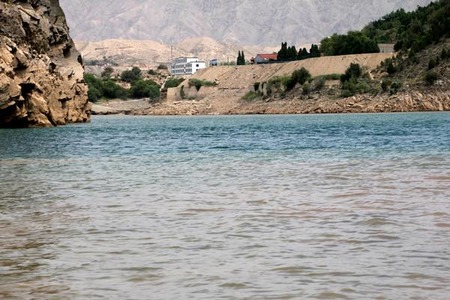 RECOMMENDEDBingling Temple One Day TourFrom:$145.00
RECOMMENDEDBingling Temple One Day TourFrom:$145.00 -
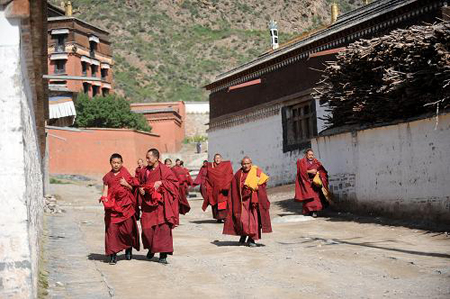 RECOMMENDED2 Days Xiahe Labrang Monastery TourFrom:$207.00
RECOMMENDED2 Days Xiahe Labrang Monastery TourFrom:$207.00 -
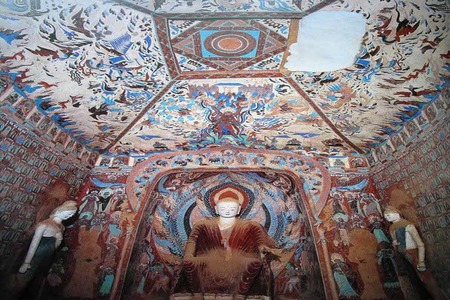 Four-day Dunhuang TourFrom:$523.00
Four-day Dunhuang TourFrom:$523.00 -
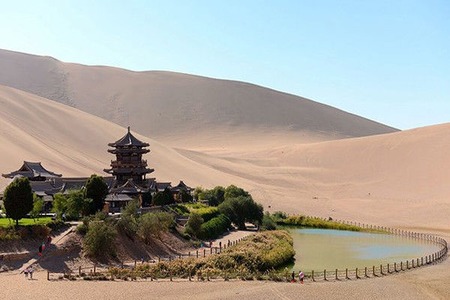 Four-day Dunhuang and Yangguan Indepth TourFrom:$411.00
Four-day Dunhuang and Yangguan Indepth TourFrom:$411.00 -
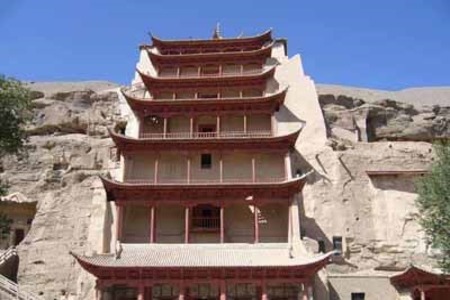 RECOMMENDEDThree-day Classic Dunhuang TourFrom:$302.00
RECOMMENDEDThree-day Classic Dunhuang TourFrom:$302.00 -
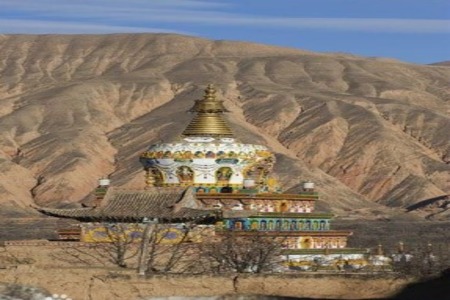 RECOMMENDEDFive-day Lanzhou and Xining TourFrom:$596.00
RECOMMENDEDFive-day Lanzhou and Xining TourFrom:$596.00 -
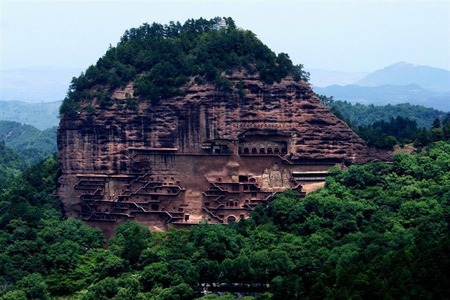 Two-day Tianshui Mt. Maijishan TourFrom:$228.00
Two-day Tianshui Mt. Maijishan TourFrom:$228.00 -
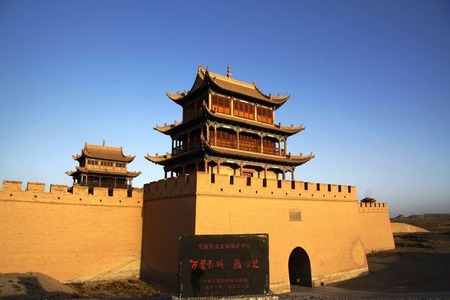 RECOMMENDED6 days Zhangye Jiayuguan and Dunhuang TourFrom:$767.00
RECOMMENDED6 days Zhangye Jiayuguan and Dunhuang TourFrom:$767.00
Recommended Attractions
Zhangye Danxia Landform
The formation of Zhangye Danxai Landform dates back to 6 million years ago. The Danxia geological structure was formed by the erosion of red sandstone, forming the isolated peaks and steep outcrops. Its special geological structure, combined......
Mogao Caves
The Mogao Grottoes, located at the western end of the Hexi Corridor in Dunhuang City. Its excavation, from the Sixteen Kingdoms period to the Yuan Dynasty, lasted for about 1,000 years, which is the only one among the Chinese grottoes. The Mogao Grott......
Mingsha Mountain
Dunhuang has a spectacular area of natural scenery: the Mingshashan hill, mountain can sing. The mountains are pale golden sand dunes dozens of meters high, covering an area roughly 40 km square.Vistors can explore the sand dunes by camel......
Jiayu Pass
Jiayu Pass is the western starting point of the existing Great Wall, which then crosses deserts and follows mountain ridges for more than five thousand kilometers until it reaches the sea coast in eastern Liaoning Province.......
Langmusi Temple
Langmusi monastery, a Tibetan town located at the border between Sichuan and Gansu Provinces in northwest China. Around Langmusi, large area of grasslands are scattered of northwest Sichuan and south Gansu. ......
Explore places you want to visit here

- Beijing Tours
- Chengdu Tours
- Chongqing Tours
- Dali Tours
- Dalian Tours
- Datong Tours
- Guilin Tours
- Guiyang Tours
- Guangzhou Tours
- Haerbin Tours
- Hangzhou Tours
- Hohhot Tours
- HongKong Tours
- Huangshan Tours
- Kashgar Tours
- Kunming Tours
- Lanzhou Tours
- Tibet Tours
- Lijiang Tours
- Luoyang Tours
- Nanchang Tours
- Nanjing Tours
- Pingyao Tours
- Qingdao Tours
- Sanya Tours
- Shanghai Tours
- Shangrila-Tours
- Urumqi Tours
- Wuhan Tours
- Xiamen Tours
- Xi'an Tours
- Xining Tours
- Yinchuan Tours
- Zhangjiajie Tours
- Xinjiang Tours
Don’t Find the Favorate one?

